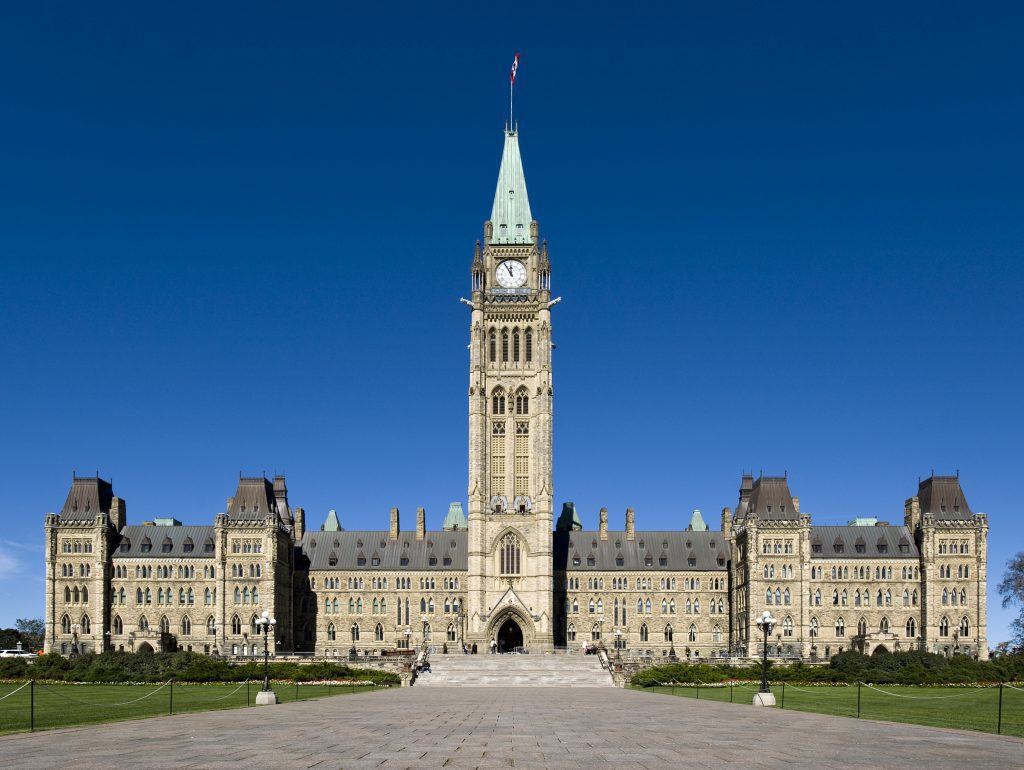There’s been such a flurry of activity and announcements on climate change over the last month that it’s been hard to stay on top of them all. A historic deal was reached in Paris, and Canada helped land it. Manitoba announced they would join Quebec, California and Ontario in the creating a joint cap-and-trade system. Saskatchewan committed to 50 per cent renewable energy by 2030. Ontario unveiled some of its thinking on its upcoming cap-and-trade program, a key component of the province’s plan to fight climate change. And the province also released its climate strategy.
We’ve written a fair bit about the cap-and-trade program (see Part 1 of this 2-part blog series), and my colleagues have written extensively about the Paris agreement. So here are some thoughts about Ontario’s climate strategy.
The strategy document doesn’t mince words. In the opening pages, Environment and Climate Change Minister Glen Murray writes that “the cost of doing nothing to fight climate change far outweighs the cost of solving the problem.” The document goes on to say that “there is no room for denial: we either act now to reduce carbon emissions and manage the risks posed by the impacts of climate change, or we all lose.”
The strategy then details many of the threats climate change poses to Ontario: extreme weather events including heat waves, severe ice storms and flooding; melting permafrost in Northern Ontario; disrupted food production; the loss of species and biodoversity, and more. The strategy commits Ontario to take action to combat climate change and compels us to join in.
At the core of the strategy is a framework based on “five areas of transformation:” Briefly,
- A prosperous low-carbon economy, by supporting clean-tech industries, encouraging innovation and research, and building green infrastructure.
- Government collaboration and leadership, which includes a climate change law, integration of climate change considerations in government decision making and collaboration with First Nations and Métis communities.
- A resource efficient, high productivity society, in which Ontario commits to embedding GHG reduction as a goal of the Long Term Energy Plan, reducing support for fossil fuels, and implementing a new waste reduction framework.
- Reducing greenhouse gas emissions across key sectors, by promoting electric vehicles, electrifying goods movement, exploring low-carbon fuels, and developing an approach to reduce emissions from buildings.
- Adapting and thriving in a changing climate, which includes integration of climate change adaptation into infrastructure decision making, agriculture and forestry policy, and commits Ontario to collecting and sharing more data to inform decision making in the province.
These five areas all sound good, but they are described in such broad terms that it’s hard to tell how exactly they will be applied. For that, we’ll have to wait until next year to see the province’s action plan. If Ontario really intends to reach its 2020 targets, here are some of the key things we’ll be looking for in that action plan:
- Real incentives for people to drive less or to drive low or zero carbon vehicles. Electric cars are on the rise, and Ontario needs to develop polices to spur their rapid uptake. Norway, the world leader in electric vehicle adoption, may have some lessons Ontario can follow. The $20 million recently Ontario announced for EV charging stations is a good start, but it won’t be enough.
- Integrate climate change into land-use and infrastructure policies and plans. Among other things, this means implementing the climate change recommendations in the “Crombie Report” on the Growth Plan by requiring municipalities to develop municipal climate change plans. It would also mean not going ahead with the redundant GTA West highway. The Government recently suspended the environmental assessment for the highway. It needs to cancel the project altogether. More highways and more sprawl mean more pollution.
- Develop a world-class energy retrofit program to reduce emissions from buildings. Reducing gas and electricity use in Ontario would create jobs, cut energy bills, boost the economy, reduce the deficit, cut carbon, all while making our homes more comfortable. The province has a policy to put conservation first, but it’s been held up on implementation. Now’s the time to unlock conservation’s full potential.
- Commit to further reduce emissions in the electricity sector. Ontario’s coal phase out was the largest emissions cutting initiative in North America. But the current Long Term Energy Plan foresees future emissions rising again due to an increased reliance on natural gas. This plan must be changed to reduce gas, and increase power from wind and solar.
- Implement a strong cap-and-trade program. As we’ve said before, the government’s cap-and-trade design looks pretty good, with one major exception. Ontario needs to consider revising the current plan that provides free permits to nearly all industries. For cap-and-trade to be effective and durable we need to ensure that polluters pay to pollute, and that includes industry.
The vision laid out in Ontario’s climate strategy is pretty compelling. But as always, the devil is in the details. We look forward to next year when the province reveals its action plan. In the meantime, we’ll be working to make sure that action plan is action packed, so that Ontario can retain its position among Canada’s climate action leaders.







